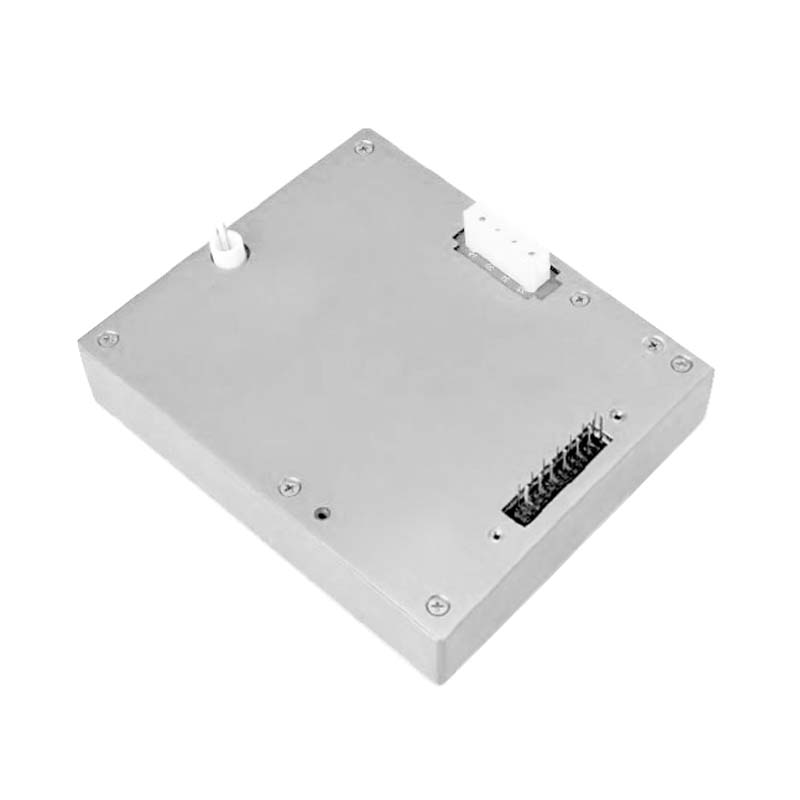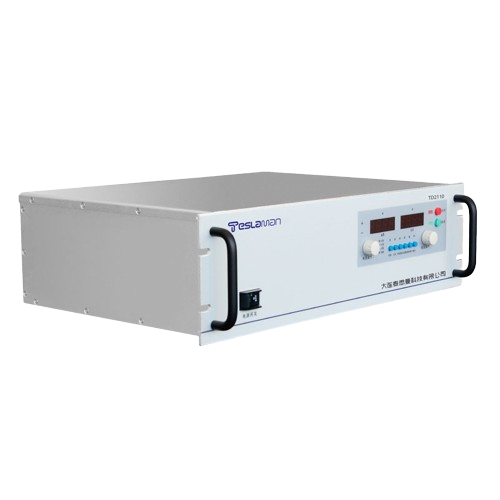Application of High-Voltage Pulse Power Supplies in Metal Surface Treatment
In modern manufacturing, the surface properties of metal materials directly affect their service life and application scope. High-voltage pulse power supplies, with their unique energy output characteristics, offer efficient and environmentally friendly solutions for metal surface treatment, finding extensive use in aerospace, automotive manufacturing, machining, and other fields. This article delves into the key applications and technical advantages of high-voltage pulse power supplies in metal surface treatment.
1. Working Principles and Characteristics of High-Voltage Pulse Power Supplies
High-voltage pulse power supplies convert input alternating current into high-voltage, narrow-pulse outputs through power electronics devices and energy storage components. Their core advantage lies in the ability to release high energy in an extremely short time, creating an instantaneous strong electric or magnetic field. Compared with traditional DC power supplies, high-voltage pulse power supplies can flexibly control the intensity and mode of energy injection into the metal surface by adjusting parameters such as pulse frequency, peak voltage, and duty cycle, enabling precise regulation of the physical and chemical processes on the metal surface. This customizable energy output mode showcases their unique application value in metal surface treatment.
2. Typical Applications in Metal Surface Treatment
2.1 Pulsed Electrochemical Machining
In pulsed electrochemical machining, high-voltage pulse power supplies apply periodic pulse voltages between the electrolyte and the metal workpiece. During the pulse-on period, anodic dissolution occurs on the workpiece surface, while during the pulse-off period, the electrolyte recovers, and a passivation film forms on the anode surface. By optimizing the pulse parameters, the amount of metal material removal can be precisely controlled, improving machining accuracy and surface quality. Compared with traditional electrochemical machining, pulsed electrochemical machining can significantly reduce stray corrosion and enhance machining efficiency, making it particularly suitable for the precision machining of complex-shaped metal parts.
2.2 Plasma Surface Modification
High-voltage pulse power supplies can excite gases to generate plasma for metal surface modification. In the plasma electrolytic oxidation (PEO) process, the metal workpiece is immersed in the electrolyte and subjected to high-voltage pulses, resulting in micro-arc discharges on the workpiece surface. The high-temperature and high-pressure environment created by the micro-arc discharges promotes a chemical reaction between the metal and the electrolyte, forming a ceramic oxide film on the surface. This oxide film features high hardness, strong wear resistance, and excellent corrosion resistance, effectively enhancing the comprehensive properties of the metal surface. Additionally, in the plasma nitriding process, the pulse power supply can enhance the activity of nitrogen ions, accelerating the nitriding process and forming a uniform and dense nitrided layer on the metal surface, improving the metal's hardness and fatigue strength.
2.3 Metal Surface Coating Preparation
High-quality functional coatings can be prepared on metal surfaces using pulsed laser deposition (PLD) or pulsed magnetron sputtering (PMS) technologies driven by high-voltage pulse power supplies. In the PLD technology, driven by the high-voltage pulse power supply, a high-energy laser beam instantaneously evaporates the target material, causing its atoms or molecules to deposit on the metal surface to form a coating. By controlling the pulse parameters, the composition, structure, and thickness of the coating can be precisely adjusted to produce coatings with special optical, electrical, or mechanical properties. The PMS technology uses the pulsed magnetic field generated by the pulse power supply to control the movement trajectory of ions in the plasma, improving the deposition rate and uniformity of the coating, which is widely used in tool coatings, decorative coatings, and other fields.
3. Technical Advantages and Development Trends
High-voltage pulse power supplies have significant advantages in metal surface treatment, such as high processing efficiency, environmental friendliness, and the ability to achieve personalized customization. With the development of materials science and power electronics technology, high-voltage pulse power supplies will evolve towards higher frequencies, higher voltages, and intelligent control in the future. Meanwhile, the integration with artificial intelligence and big data technologies to achieve intelligent optimization of pulse parameters and real-time monitoring of the process will further enhance the quality and efficiency of metal surface treatment, driving technological upgrades in related industries.




















